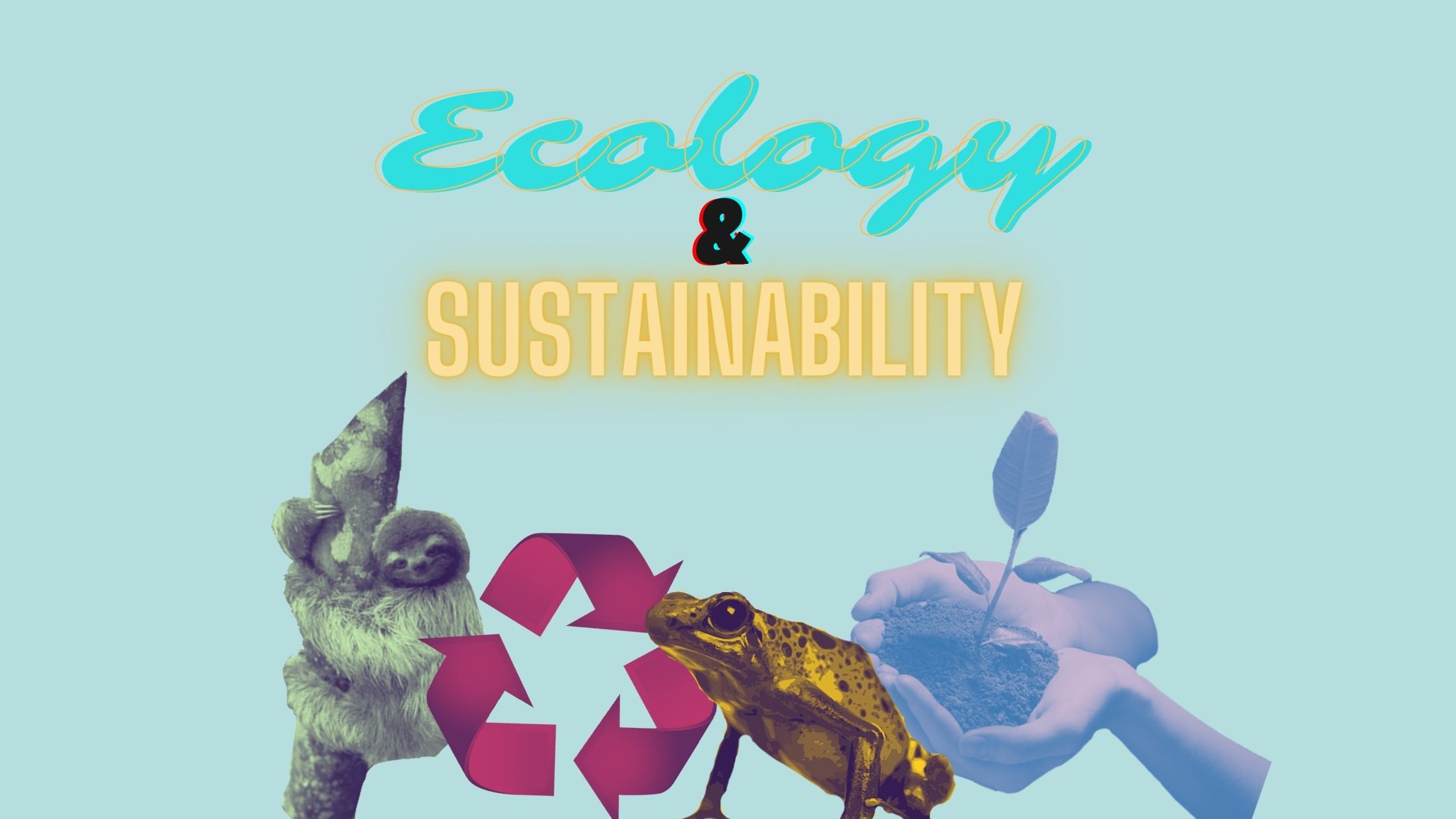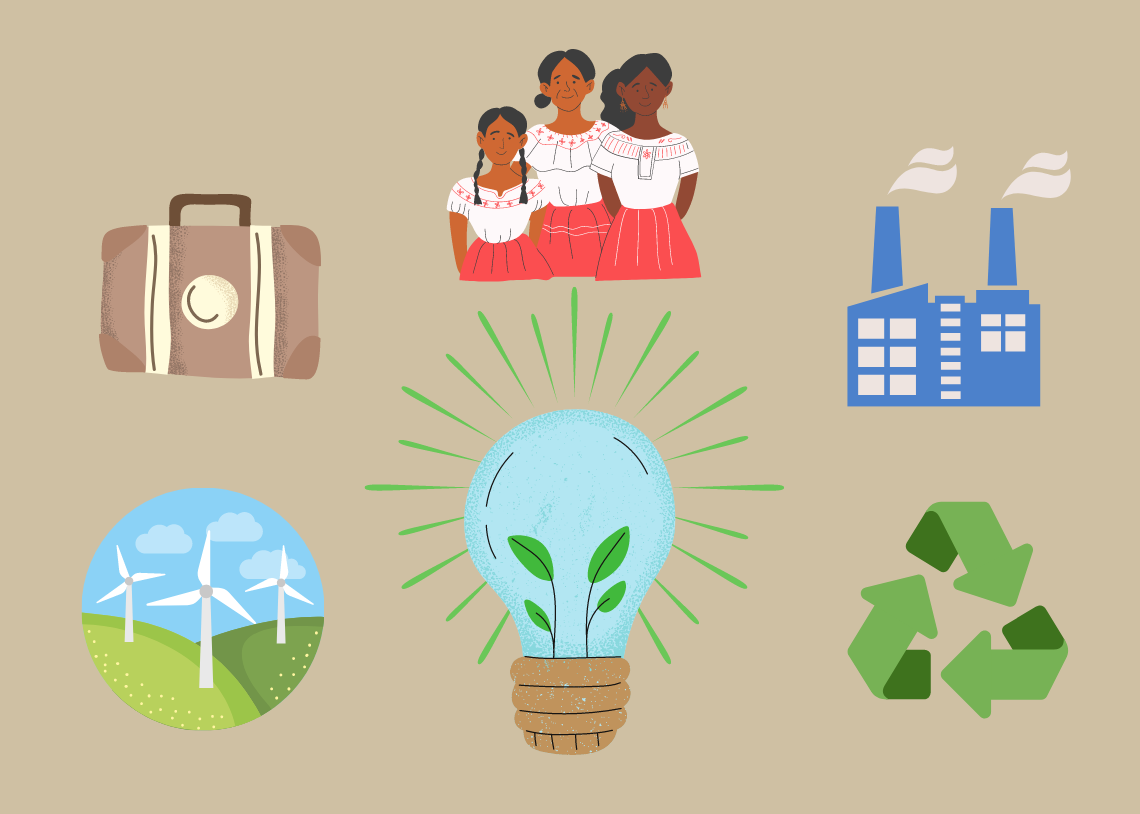Ecology and Sustainability

Latin America and the Caribbean (LAC) are home to some of the world’s most biodiverse ecosystems! The Amazon alone is home to roughly 10% of all currently known species of plants and animals. The incredibly diverse terrain of LAC creates homes and habitats for some of the most incredible flora and fauna on our planet; from the Chihuahuan Desert, to the coral reefs in the Caribbean, and the mountains of Patagonia; LAC is rich in natural resources and beauty.
Unfortunately, there are an array of factors that threaten the delicate ecosystems and their inhabitants. Nearly 20% of the rainforest has already disappeared since 1970 with more and more being lost each day. Logging, soil erosion, global warming, deforestation and pollution all threaten the life that exists in LAC. This trunk is designed to expose you to the ecology of LAC and how we can all work together in an effort to educate ourselves on sustainable practices, conservation of wildlife species, and reimagine our connection and relationship with the world around us.
Unfortunately, there are an array of factors that threaten the delicate ecosystems and their inhabitants. Nearly 20% of the rainforest has already disappeared since 1970 with more and more being lost each day. Logging, soil erosion, global warming, deforestation, and pollution all threaten the life that exists in LAC. This trunk is designed to expose you to the ecology of LAC and how we can all work together in an effort to educate ourselves on sustainable practices, conservation of wildlife species, and reimagine our connection and relationship with the world around us.
Your Culture Trunk Map!
The Ecology and Sustainability culture trunk is set up in a way to increase in knowledge and understanding as you scroll down the page. The first sections are an introduction to terminology necessary to understanding what the terms "ecology" and "sustainability" mean. The next few sections are focused specifically on how those studies and ideas are applied to Latin America and the Caribbean. Games and activities are set beneath each section as a fun way of incorporating what students have just learned in a more "hands on way".
The "Think About It" prompts at the end of each section can be utilized in a variety of ways by educators and individuals. Some examples might be to have a class discussion for students to share ideas regarding the prompts, or to use them as a writing topic for students to to more individual and in-depth research.
The "Where to Get Connected" section can be used by anyone! We hope to connect our themes and virtual trunks to the real world by putting you in contact with individuals and groups at the forefront of sustainability efforts in LAC! With resources for volunteering, internships, and study opportunities, there are plenty of ways to become involved.
Lastly, we hope to provide life long learners and upper level students with resources for their research and self study in the "Higher Education Resources" section. We have also included links for individuals at KU who work with ecology and sustainability in an effort to help share our network of resources at the university.
CLACS hopes you enjoy this culture trunk! If you have any resources or information you think we ought to include on sustainability and ecology please email us at clacs@ku.edu.
Ecology
Everything on this planet is connected. Ecology is the study of physical organisms, their relations to one another, as well as their physical surroundings. This section of the culture “trunk” is focused on getting you familiar with biomes (communities of flora and fauna that occupy a major habitat like the grasslands or tundra), introducing you to the food chain in the rainforest as it pertains to ecology, and exploring some of the varying climates and animals that make up the biomes of LAC.
After working through the "Biodiversity & Climate" section, check out "Complex Effects" to learn how natural phenomena and human interaction play a huge role in ecology.
Biodiversity & Climate
Complex Effects

"The future will either be green, or not at all."
-Bob Brown
Sustainability
In the “Ecology” section presented earlier on this page we learned a bit about interconnectedness between organisms and their physical surroundings. We have studied the food chain and how all the organisms within a ecosystem work together to keep balance. However, what happens when something disrupts that balance? What happens to the habitats of the organisms who live there? How do creatures survive? How do we as humans shape landscapes and how can we work with nature to ensure a brighter future for all?
Sustainability is defined by the UN World Commission on Environment and Development: “sustainable development is development that meets the needs of the present without compromising the ability of future generations to meet their own needs.” As we continue to use resources in Latin America and the Caribbean we must be mindful of how our practices will effect the environment, ecosystems, habitats, and future generations of people. These are some of the complex issues which we will explore in this section.
Elements of Sustainability
Sustainability in LAC
